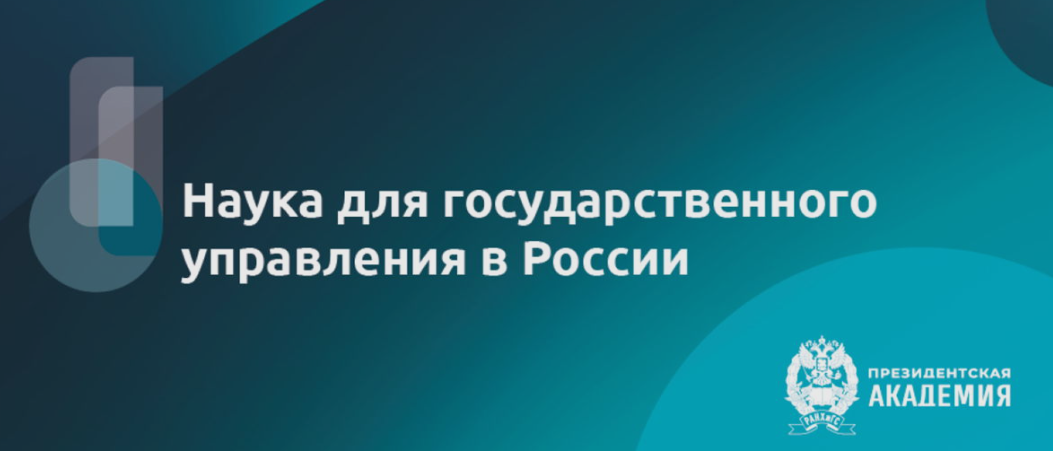Author's column
Focus of the problem
The article explores key issues in reaching a balance of funding resources, needed for fulfilling strategic goals for scientific-technological development ofRussia. Shared forecasts predict that in 2016, Russia's share of the global budget for Research and Development (R&D) will amount to less than 2%, whereas the share of only three countries – the USA, China and Japan, will amount to 55,6%. The six leading countries investing heavily state funded in R&D in 2016, will be theUSA,China,Japan,Germany,South KoreaandIndia. The accumulative share of investments in R&D in 2016, will amount to 68,5%. Comparing the investment volumes of leading countries',Russia's expected national investment in R&D might be non-competitive. It is noted that the needed resources for increasing volumes of state funding in Russian scientific-technological field in the midterm perspective are already exhausted. Therefore, the single opportunity for reaching the goal of Russian President's Order № 599 for increasing internal spending on R&D, so it amounts 1,77% of GDP is to dramatically increase the volume of extra-budgetary financing in the domestic R&D sector. Special attention is paid to the disproportion of the budget spending on R&D and the number of people employed in R&D, which leads toRussiahaving one of the lowest indicators among developed countries for «internal expenditure on R&D per researcher». It is concluded that without a clear strategic answer to the posed question about how the Russian industrial sector will be able to increase internal spending on R&D from current 1,15% to 1,77% and how will it accommodate the 4th biggest corpus of scientists in the world in the processes of reindustrialization of the country, strategic targets for becoming a global technological leader risk to remain in the status of «ambitious goals».
Financing research and development
Using medical science as an example, there are analysed issues and questions regarding an evolution of the Programme for fundamental scientific research of state science academies. It is demonstrated that the current system for managing fundamental sciences is incredibly conservative. It is concluded that problems with shaping key performance indicators for the Programme of fundamental scientific research 2016 and forthcoming years, including its structure, are the result of a separation of scientific resource management from the management of scientific research. Authors of the article confirm the necessity to integrate scientific institutions into one unique system of scientific research and implementation of scientific inventions into healthcare practice.
Priorities for development of science and technologies
Efficiency of a scientific activity
The article demonstrates that the imitation of scientific publication activity is increasingly becoming a critical problem in the field of Russian science management. It is driven, on one hand, by increased demand from the expected growth in publication activity among the employees of Russian scientific and educational organisations and, on the contrary, by the absence of mechanisms of self-regulation of a domestic scientific community. This article explores methods, most frequently used for falsification of the publication activity inRussia. A conclusion is drawn from it about the necessity to develop mechanisms of self-regulation in the field of publication activity of Russian research and to increase the norms of publication and editorial ethics of Russian practices.
Mainstream
The article presents the results of multi-criteria patent analysis, which describes certain features of the development in the technological field of «bio-sensory devices for measuring physiological indexes» at its current stage. The article notes that suggested technical solutions are characterized by multidisciplinary features and by a stable in-line growth of patent activity in the past two decades. An absolute technological leader in this field is theUnited States; however, in the period between 2010, and2015, arapidly growing number of patents were granted to Chinese residents. The article demonstrates that citizens ofRussian Federationexhibit a considerably lower, compared to other countries, productive activity in the area of bio-sensory devices. The Russian patent landscape, in this industrial area, is characterized by the stagnation of patent activity during the period 2014-2015, by an insignificant number of patent documents released overseas and by the absolute absence of triad patent communities. The conclusion is made that domestic capacities in this area are noncompetitive, which should be considered when choosing scientific-technological priorities of the country.
Foreign experience
President ofRussian Federationset a goal to develop measurable indicators and mechanisms for reaching scientific-technological priorities. The analysis was completed of one of the most well-developed models for selecting priority areas for scientific-technological development with the usage of measurable indicators, which is implemented in National Institutes of Healthcare (NIH) in theUSAwhen managing scientific-technological activity. Assessment is made of whether this system can be applied to Russian reality.
Economics of intellectual property
It is suggested to reach the goal for channeling limited funds into the most productive research groups inRussiaby identifying so –called leading organisations among the scientific centres. As one of the criteria for selecting organisations with potential for creating the technological breakthrough on global markets will be an indicator of their patent activity. There are presented results of patent analysis, allowing to form a rating of owners of most extensive portfolios of Russian patents, as well as thematic fields, whereRussiademonstrated high levels of innovative activity in the period from 2010 to 2015. It is demonstrated that the structure of patent owners inRussiadefers in princiapl from the one established in industrially developed countries. InRussia, the accumulative share of patents, obtained by individual applicants and universities, amounted to 77,2% for the period under review, weares in developed countries this share hasn’t exceeded 10–15%. The article suggests using modern Russian scientific-technological and industrial politics to solve systematic issues, causing low scientific research intensity of domestic industrial sector, which enjoys less than 13% of patents inRussia, which is six times less than analogue indicators, in industrially developed countries.
Contests
ISSN 2949-4680 (Online)


































